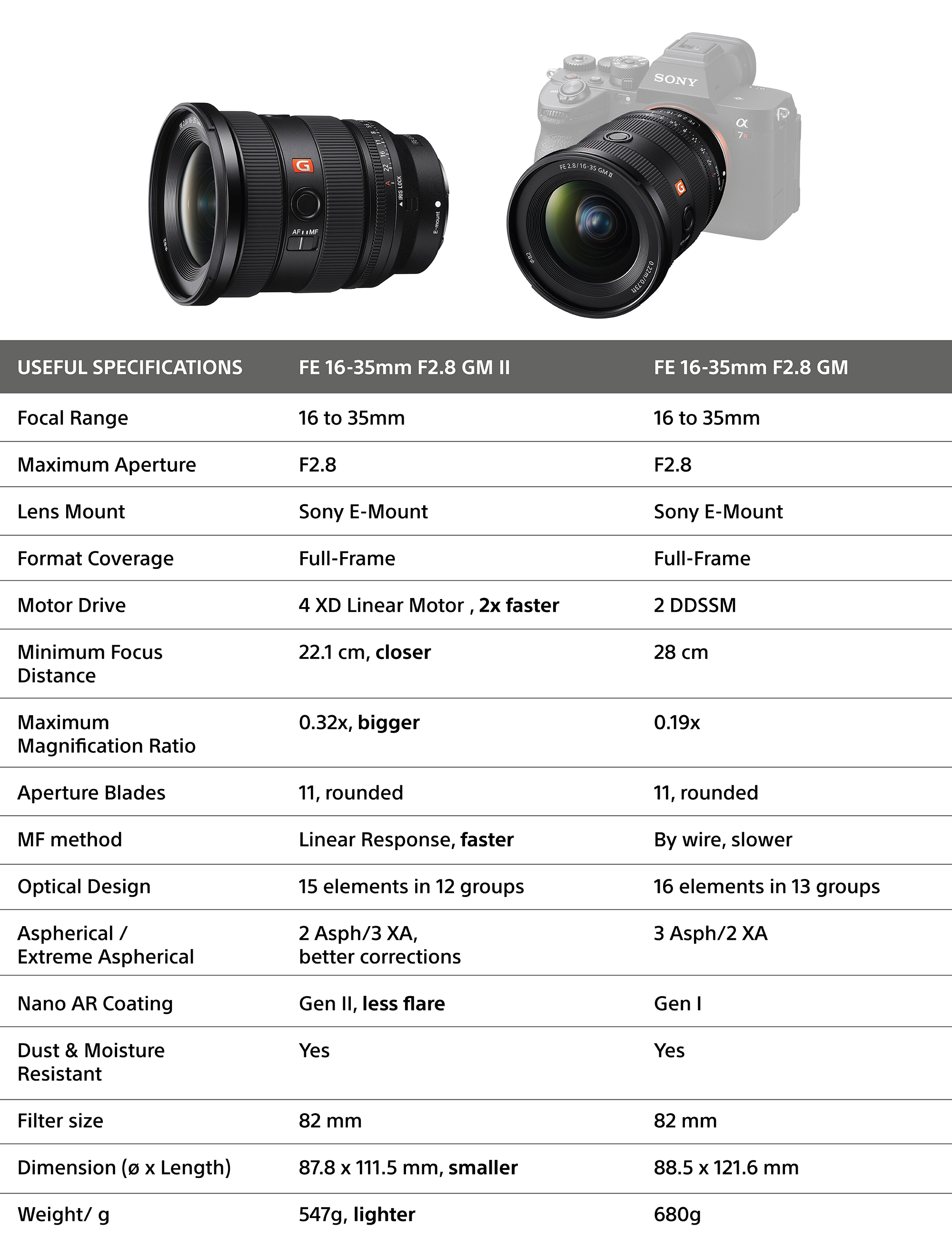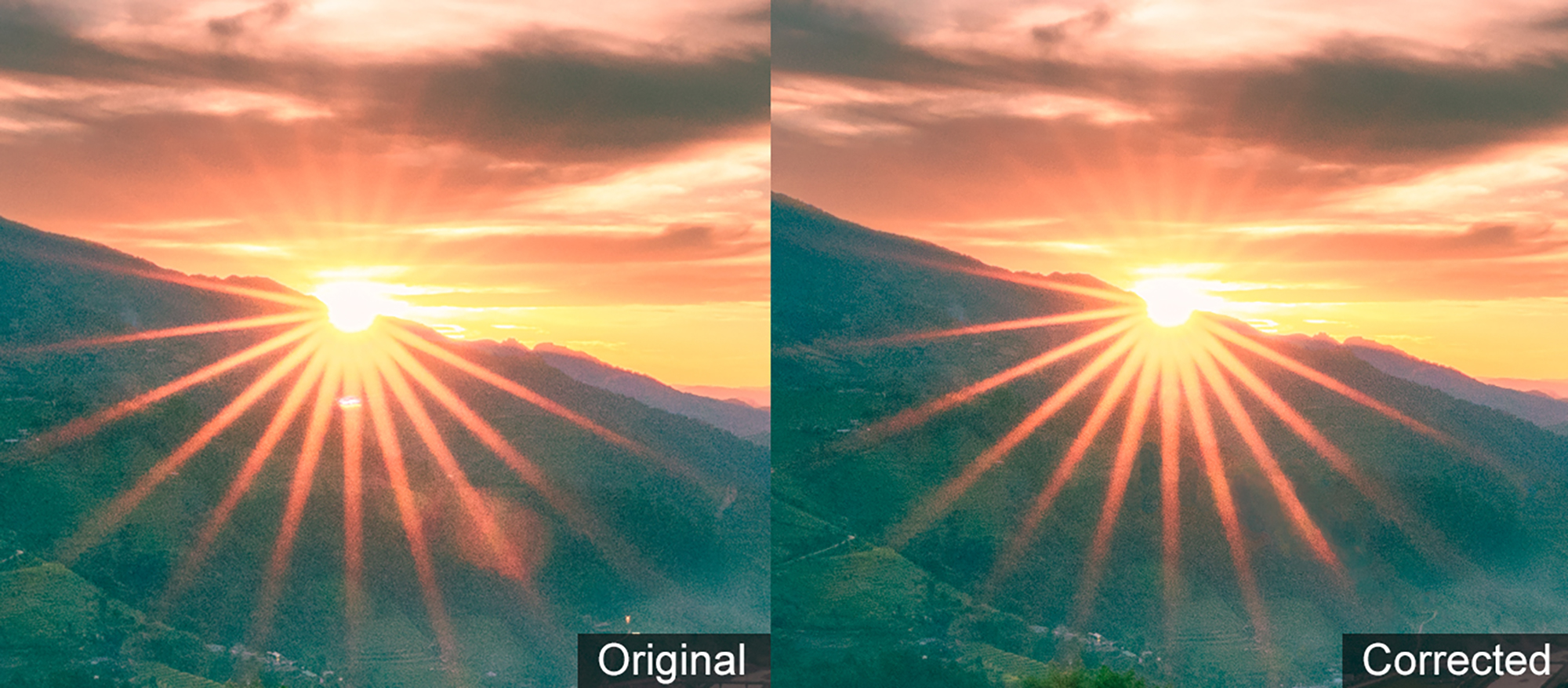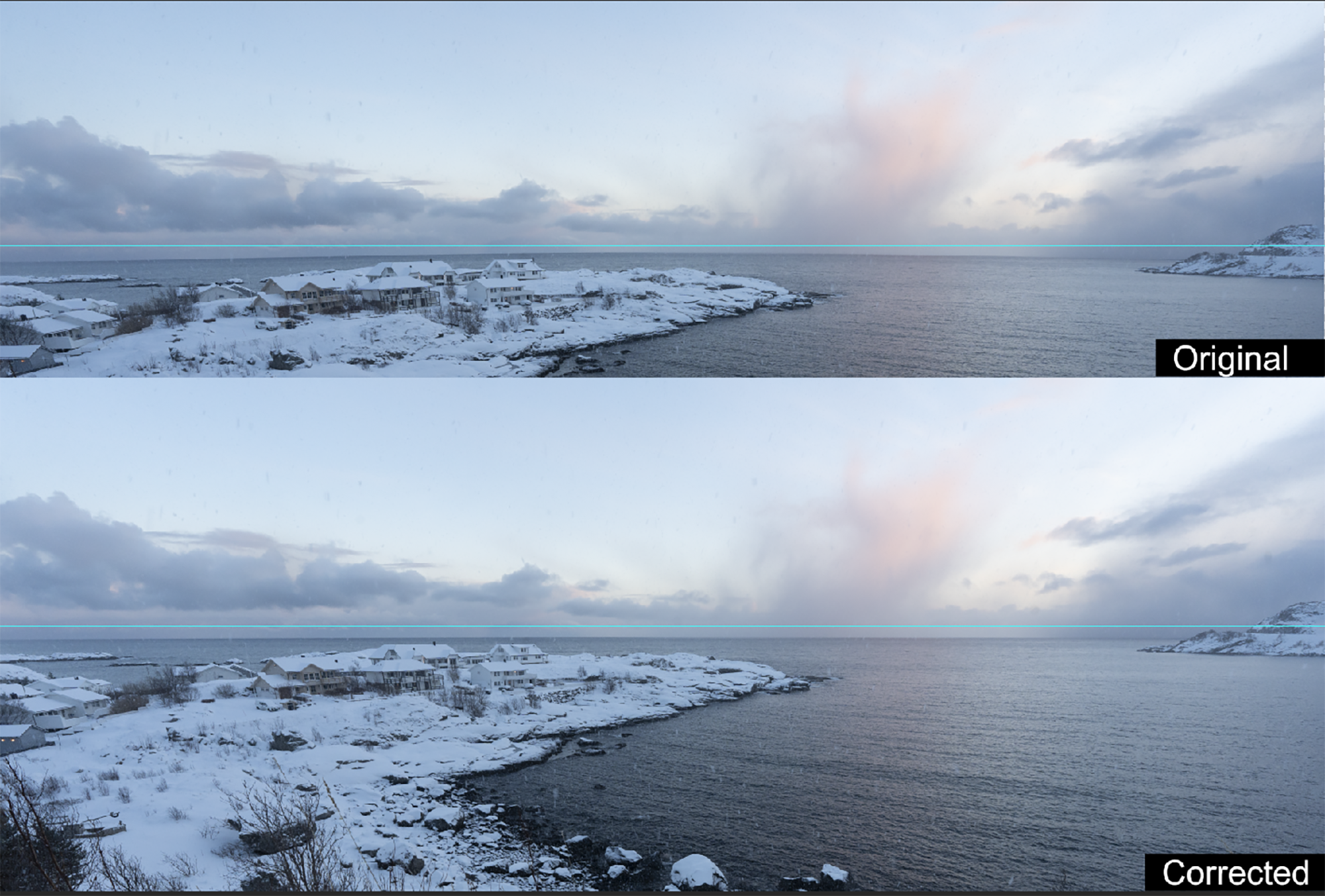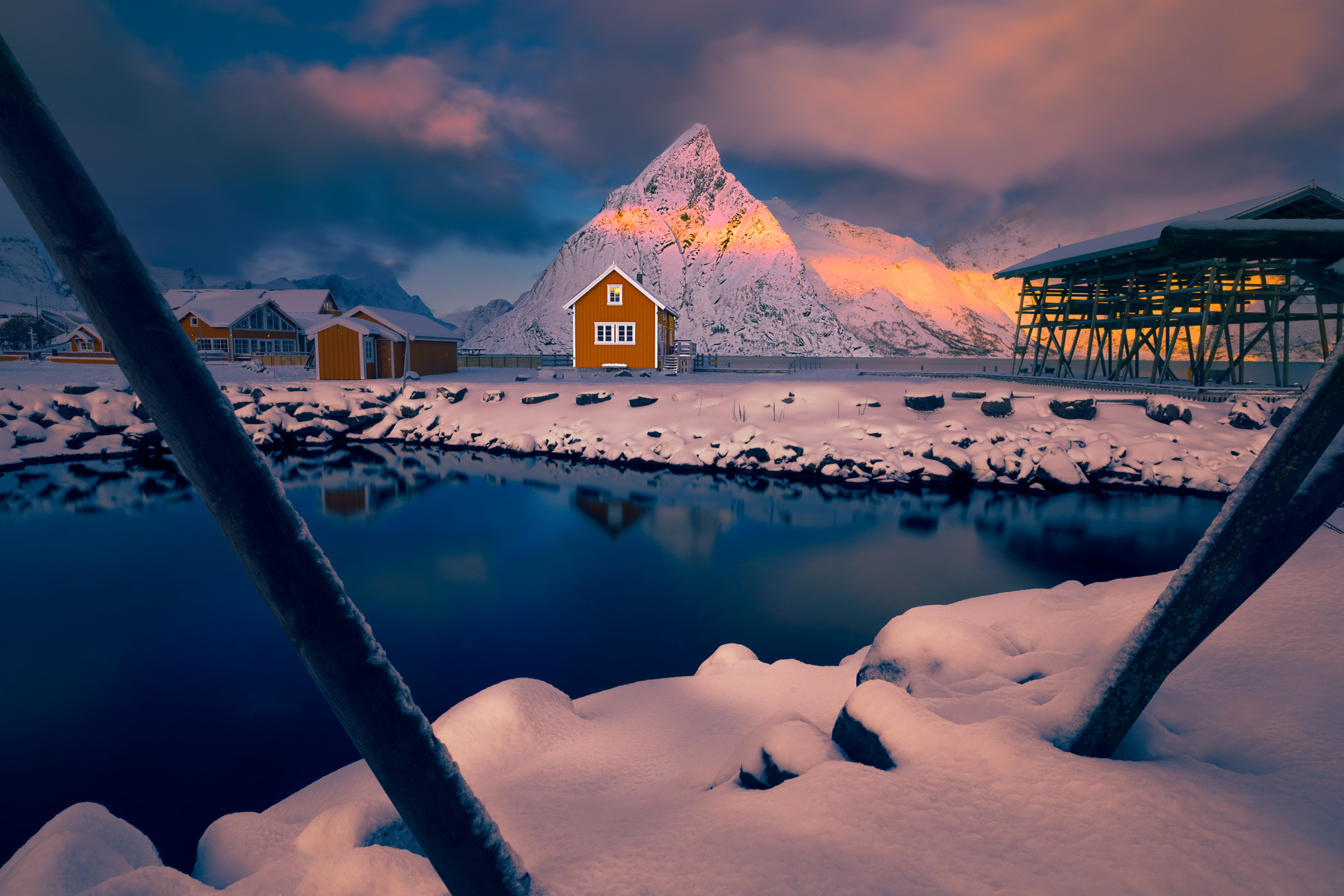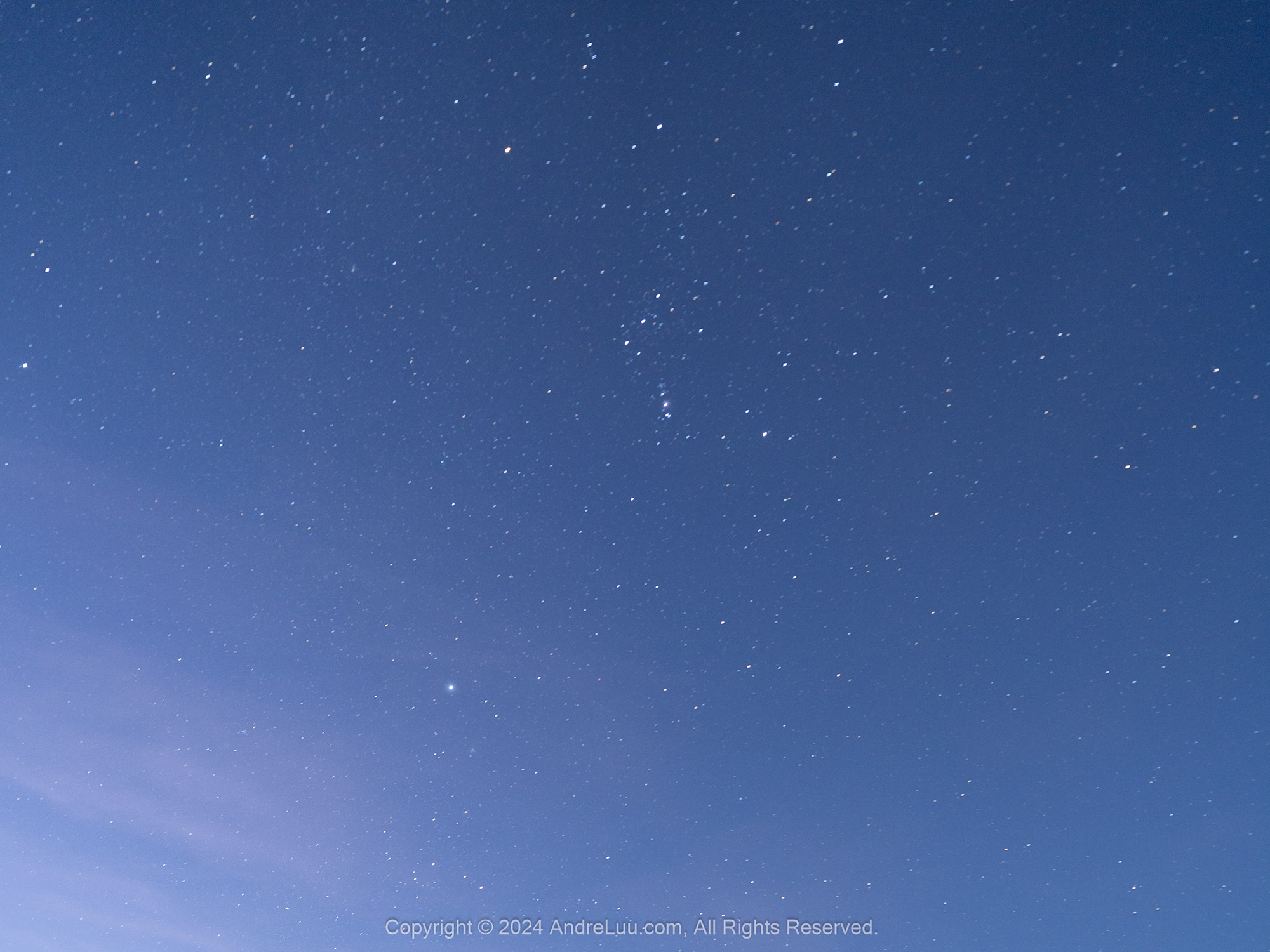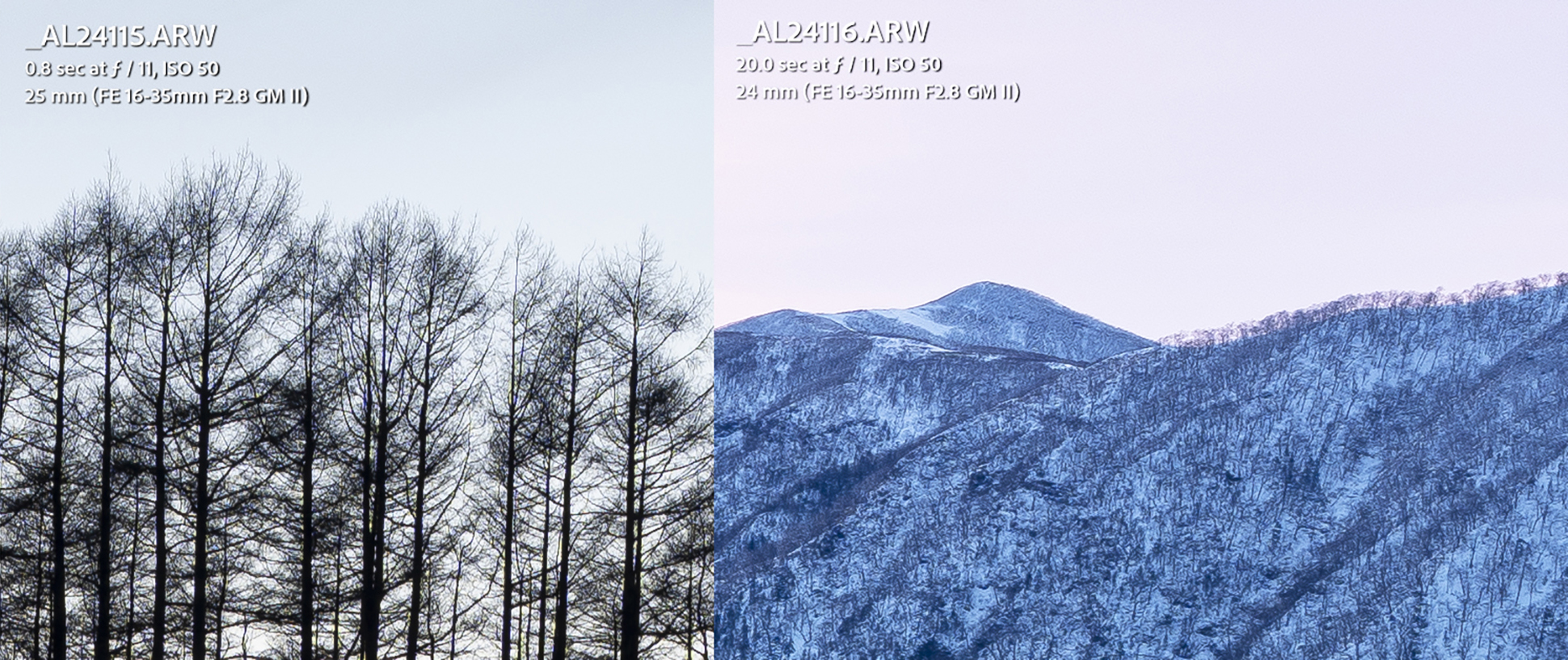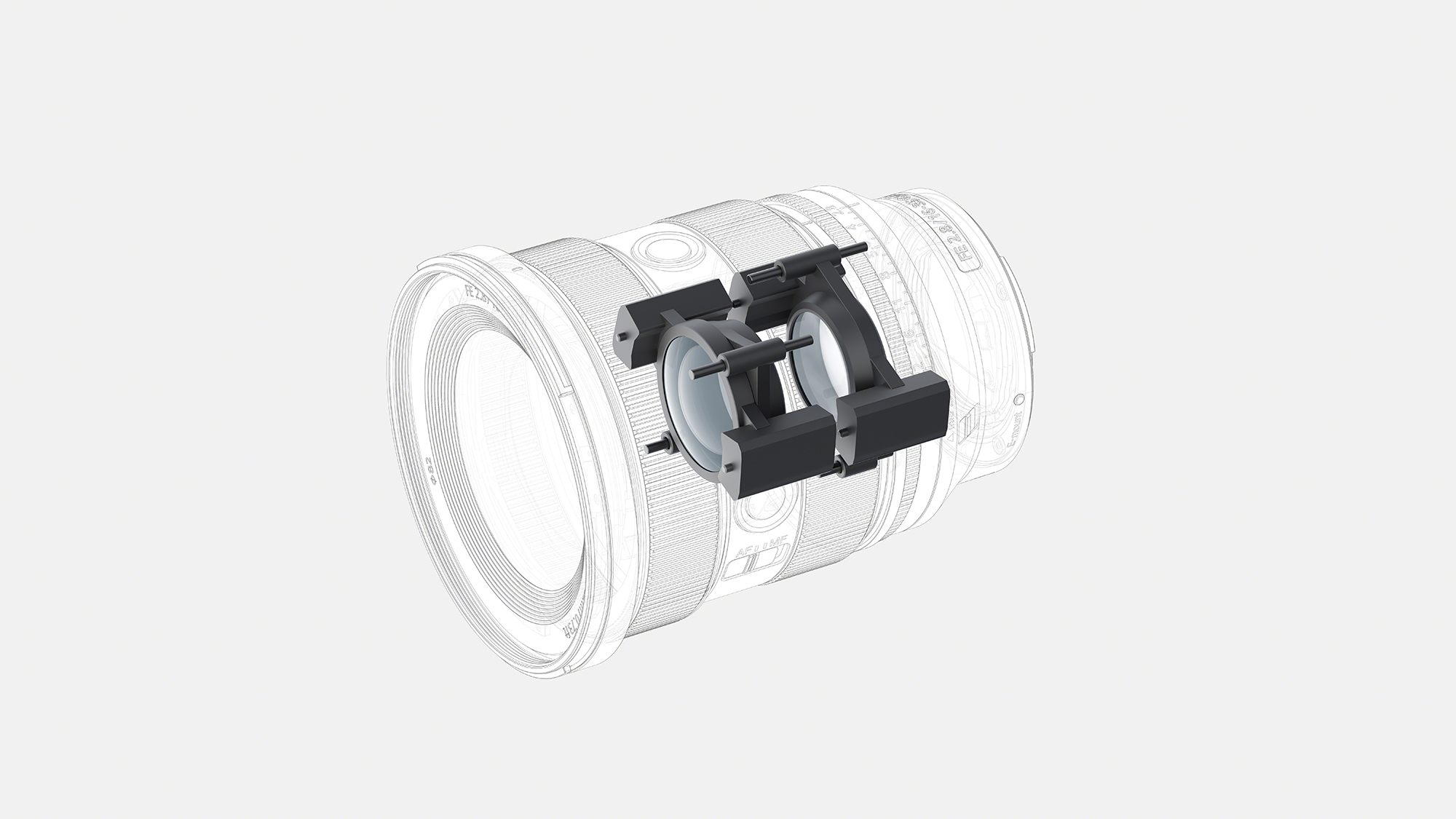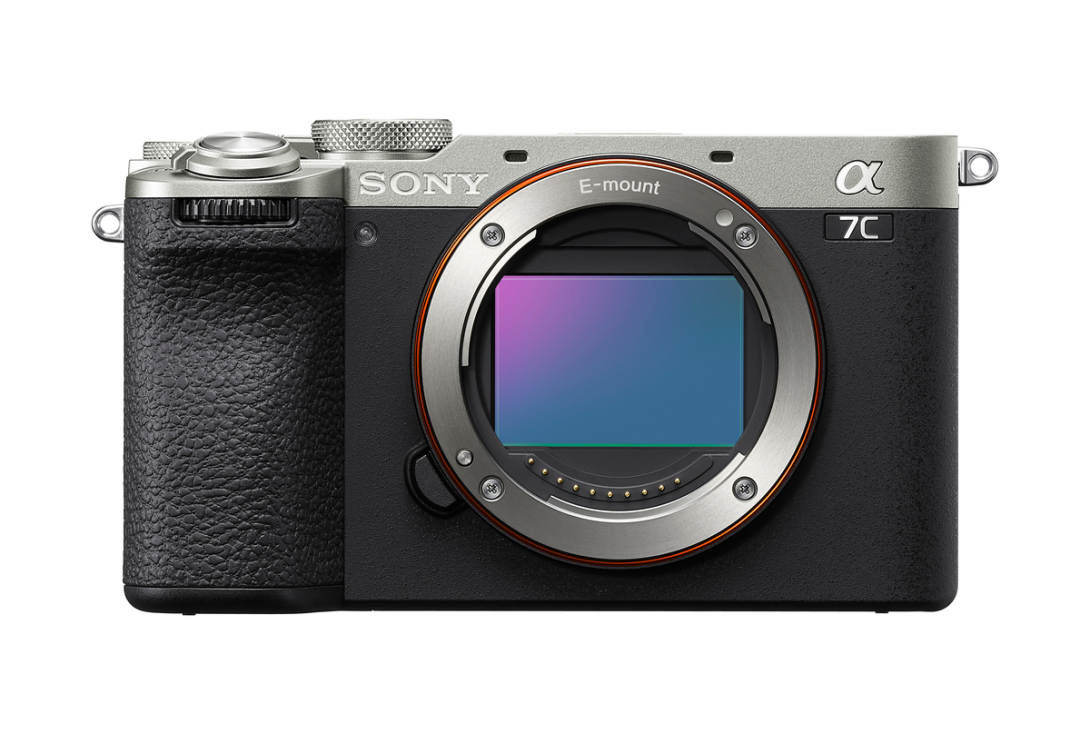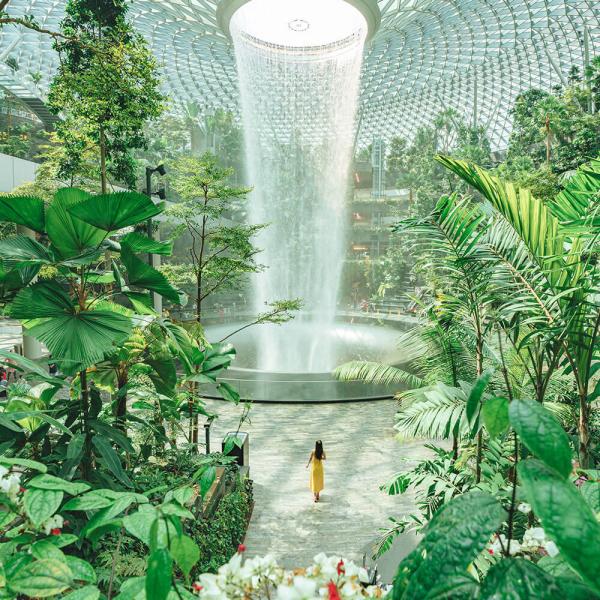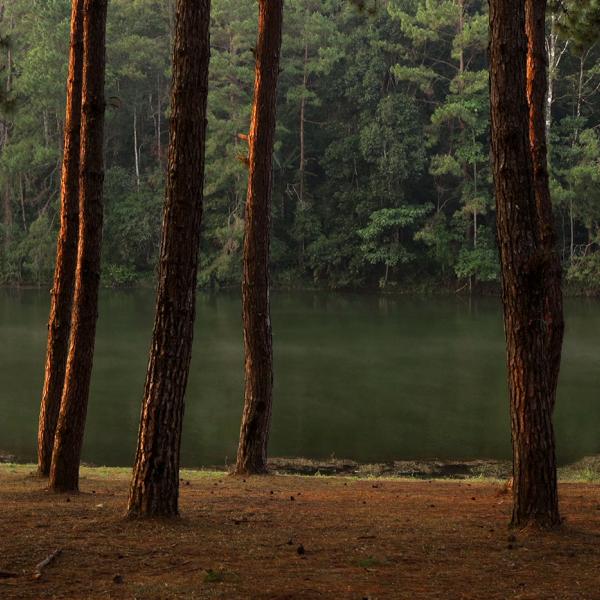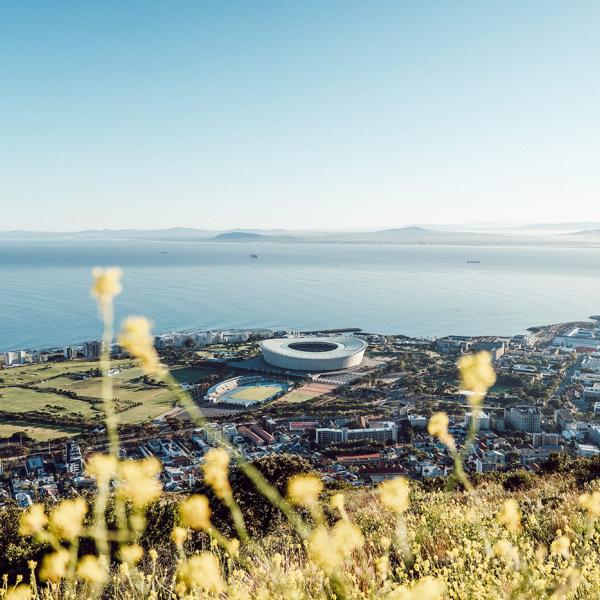Landscape Photographer’s Review of Sony’s FE 16-35mm F2.8 GM II
INTRODUCTION
Sony’s FE 16-35mm F2.8 GM II (SEL1635GM2) is a full-frame ultra-wide-angle zoom lens from the second-generation G Master line. There are many improvements to its predecessor, notably the Nano AR Coating II, which helps suppress flares, resulting in a gorgeous sunstar. The lens is now more compact— 1 cm shorter in length and 130g lighter in weight. When paired with the Alpha 7C II (or Alpha 7C R), you’ll get a compact and lightweight combination, perfect for moving around and travelling.
Instead of charts and measurements, I will be showing you actual photographs that reveal the lens qualities and the final artistic creations produced using the Alpha 7C II and FE 16-35mm F2.8 GM II. The photo-taking conditions during my trips to Lofoten, Norway, and Hokkaido, Japan, were challenging but the camera and lens performed exceptionally despite enduring freezing temperatures as low as -15°C and high winds reaching up to 30 km/h at different times.
The lens has a versatile focal range from 16 to 35 mm, which is suitable for landscapes with a foreground, specifically seascapes and lakes. Moreover, its maximum aperture of F2.8 covers low-light indoor situations and astrophotography, such as capturing the Milky Way and star trails. Along with its superior optical qualities and compact design, the FE 16-35mm F2.8 GM II has become one of my favourite lenses.
WHAT’S NOT EDITED
All photos in this review were taken in RAW format using the Alpha 7C II and were processed through RAW decoding in Adobe Lightroom. Sharpening was set to standard for 33MP (Amount= 70, Radius= 0.8, Detail= 70, Masking= 0). Then, I edited them in Photoshop using Luminosity Masks to achieve the final artistic effect. However, the following were left untouched:
-
Distortion
-
Vignetting
-
Flare
-
Chromatic Aberration (CA)
CRITERIA FOR CHOOSING A LENS
Technologies have advanced significantly since the 1990s, raising the bar in lens selection. For instance, flagship lenses from major manufacturers have significantly reduced chromatic aberration and improved sharpness towards the corners. Therefore, my current criteria for choosing a lens for landscape photography have since changed. Here they are in order of priority:
-
Sunstar and flare: Sunstar makes a landscape photo unique and special. Lenses that can create beautiful and unblemished sunstars are rare.
-
Distortion: Wide zoom lenses almost always exhibit distortion. The less distortion there is, the more natural an image appears. We can correct distortion in post-processing, but this may result in the expanding or compressing of the image, ultimately reducing its original sharpness.
-
Sharpness to the corners: Achieving uniform sharpness from the centre to the corners of an image is very challenging.
-
Vignetting: It refers to the darker shading in the four corners compared to the central area.
-
Chromatic aberration: Also known as colour fringing, it is most visible at high-contrast edges.
-
Autofocus: I manually focus for landscape photography and occasionally use AF when shooting wildlife in Hokkaido. Therefore, AF is the lowest priority.
BEAUTIFUL SUNSTAR WITH LITTLE FLARE
Among all the lens characteristics, achieving a sunstar effect is probably the most challenging because it depends on a combination of factors, including optical design, the number of aperture blades used, and the quality of nano coating. A sunstar is considered beautiful when its entire body is clearly defined, with long and balanced bursting light rays featuring sharp points.
The number of bursting light rays usually relates to the number of aperture blades—an even number of blades results in the same number of points. For example, lenses with six aperture blades produce a six-pointed star. On the other hand, an odd number of blades results in twice the number of points. For instance, the FE 16-35mm F2.8 GM II lens with 11 aperture blades produces a 22-pointed star. I love capturing the effect of 22 bursting light rays for landscape photography. When the bright sun is partially obscured by a mountain, 11 bursting light rays (half of 22) become visible, creating a stunning visual display. On the contrary, if you have a six-pointed star in the same half-covered situation mentioned above, only three light rays would be visible, which would look less desirable.
The quality of nano coating helps suppress the reflection on each lens element's surface, reducing the lens flare and ghosting. Sony’s second-generation Nano AR Coating technology was first used on the FE 12-24mm F2.8 GM in 2020 with great success. This high-end lens produces the most beautiful and cleanest sunstar I have ever seen. This FE 16-35mm GM II lens also benefited from the same Nano AR Coating technology, albeit to a lesser degree due to its optical design. There are still a few tiny flare spots in the photos that I have taken, but they can be easily removed in post-processing.
Note: When shooting directly at the sun, avoid using any filters to prevent introducing additional flare into the lens.
Here is my ranking of the quality of sunstars produced by the Sony lenses that I have used:
-
FE 12-24mm F2.8 GM: Simply the best sunstar effect with virtually no flare.
-
FE 16-35mm F2.8 GM II (reviewed lens): Excellent sunstar effect with a few flare spots.
-
FE 12-24mm F4 G: Good sunstar effect with bursting light rays that are not sharp. At apertures larger than F11, it creates a fan-shaped star.
-
FE 16-35mm F2.8 GM: Good sunstar effect with flares.
-
FE 24-70mm F2.8 GM II: Good sunstar effect with some flares.
-
FE 24-70mm F2.8 GM: Good sunstar effect with flares.
-
FE PZ 16-35mm F4 G: Sunstar effect with skinny and excessively long bursting light rays with flares.
DISTORTION
Distortion is an optical error in which straight lines appear curved, either inward like a barrel, outward like a pincushion, or with complex geometry like a mustache. It differs from perspective distortion, which is the effect of near objects appearing larger and far objects appearing smaller. For example, when looking up at a tall building, we can see that the top of the building appears smaller than the bottom of the building. This occurs because the base of the building is closer to the camera. This converging effect is more pronounced at wider focal lengths and is not a lens error.
Zoom lenses are much more optically complex than prime lenses. Therefore, it is more challenging to produce low-distortion zoom lenses. Although seascapes and lakes require good distortion control to maintain a straight horizon line, I rarely capture visually compelling photos with an unobstructed horizon in practical use. Most of my photos include background subjects, such as mountain ranges, which add interest to the composition.
DISTORTION CORRECTION OF GM II IS BETTER THAN GM
When taking photos at various focal lengths, I observed that the distortion correction of the FE 16-35mm F2.8 GM II lens is slightly better than its predecessor. The lens has an average distortion, which is most noticeable at 16mm. Focal lengths ranging from 20mm to 35mm exhibit minimal distortion. Consequently, when capturing real-life photos, I did not observe any distortion and thus did not need to correct it during post-processing for any of the images in this review.
Below is a test shot I took with the horizon before and after applying distortion correction in Adobe Photoshop.
SHARPNESS
A lens must be sharp enough to fully reveal the camera resolution expressed in megapixels (MP). As a camera's resolution increases, the lens needs to be sharper to match it. As a leading manufacturer of camera sensors, Sony has set out to create the sharpest lenses to satisfy even 100MP or higher resolution cameras. They have spent 20 years developing the XA (extreme aspherical) lens elements, which are key to taking lens sharpness to a new level. Subsequently, GM lenses were born, combining superb sharpness with buttery smooth bokeh. The GM II lineup of lenses has been further improved, making them even smaller and lighter.
The FE 16-35mm F2.8 GM II lens uses three XA elements (the previous GM version used two), improving uniform sharpness while maintaining a more compact design. Lens sharpness is one of the most desirable features for most photographers, and this GM II lens is one of the sharpest ultra-wide-angle lenses available, delivering exceptional sharpness from the centre to the corners that money can’t buy from any other brands.
VIGNETTING
Vignetting is a gradual shading from the periphery of a lens to its brighter centre. This effect is most visible at the largest aperture, which is F2.8 for this FE 16-35mm F2.8 GM II lens. For astrophotography, a maximum aperture of F2.8 would be used to keep the ISO setting low, thus reducing noise. In such cases, the night sky would be completely dark, making it hard to discern any vignetting. I primarily use apertures between F11 and F16 for daylight landscape photography, at which vignetting is least visible. Therefore, in practical use, vignetting is unnoticeable with this lens unless you shoot a uniformly white frame.
Vignetting at F2.8. Compared to the middle area, the upper left and right corners do not show any noticeable difference. However, light on the lower horizon affects the light and dark areas in the two corners of the image more, making the vignetting effect of the lens less visible, even though it is present.
In the photo below, you can see that the cloud areas at the top left and top right are quite uniform, as are the snow areas at the bottom left and bottom right, compared to the middle area.
CHROMATIC ABERRATION – CA
Chromatic aberration is a type of lens error where all colours are not focused precisely to the same point, resulting in the most noticeable colour fringing at contrasting edges. FE 16-35mm F2.8 GM II features an advanced optical design with one Super ED and two ED elements to suppress chromatic aberrations. As a result, both contrast and colour quality have improved, leading to perceived sharpness, as fine edge details remain clear and sharp.
SUPERFAST AF FOR THE FUTURE
The FE 16-35mm F2.8 GM II lens employs four XD linear motors to provide precise autofocus, which is twice as fast as its predecessor. On a high-performance camera like the Alpha 9 III, continuous shooting can achieve speeds of up to 120 fps. This newfound autofocus performance is tremendously useful for close-up sports photography or videography.
CONCLUSION
Choosing the right lens for an important trip is a serious consideration for most photographers. Using an inferior lens can lead to long-lasting regret. I experienced this many years ago when I thought I had taken some great shots, only to discover later that they were technically unacceptable. Some photos had good lighting but were too soft in sharpness, while others had a sunstar effect but were ruined by severe flare. This can be a nightmare for photographers who have invested a lot of money in their trips.
After spending two months with the FE 16-35mm F2.8 GM II, I have taken over 800 photos, including shots from Lofoten, Norway, and Hokkaido, Japan. This lens has grown on me. Paired with the Alpha 7C II body, this combo has endured some of the harshest weather conditions while confidently producing vibrant and sharp photos. This lens is undoubtedly one of the best ultra-wide-angle lenses available today. In addition, it is compatible with the 100mm rectangle filter system, making it ideal for landscape photography. Below are the pros and cons of the FE 16-35mm F2.8 GM II:
PROS
-
Significantly smaller and lighter than the FE 16-35mm F2.8 GM.
-
Excellent flare control, ranked second only to the FE 12-24mm F2.8 GM.
-
Beautiful 22-pointed sunstar that is well-defined with only a few spots of flare, which can be easily removed in post-processing.
-
Lesser distortion than its predecessor; no additional correction in post is required for most of the time.
-
No visible chromatic aberration or purple fringing.
-
Excellent sharpness is maintained from the centre to the corners, although the corners do not exhibit the same level of excellence as the centre of the image.
-
The F2.8 large aperture is convenient for capturing star trails, while the 16mm wide angle is useful when the Milky Way is in an upright position.
-
You can use the standard 100mm rectangle filter system.
-
Super fast autofocus which supports up to 120 fps (in camera bodies like the Alpha 9 III).
CONS
There are still a few flare spots when shooting in the sun. It would be ideal if this issue could be completely eliminated, similar to the FE 12-24mm F2.8 GM. Even so, these few flare spots can be easily removed in post-processing.

